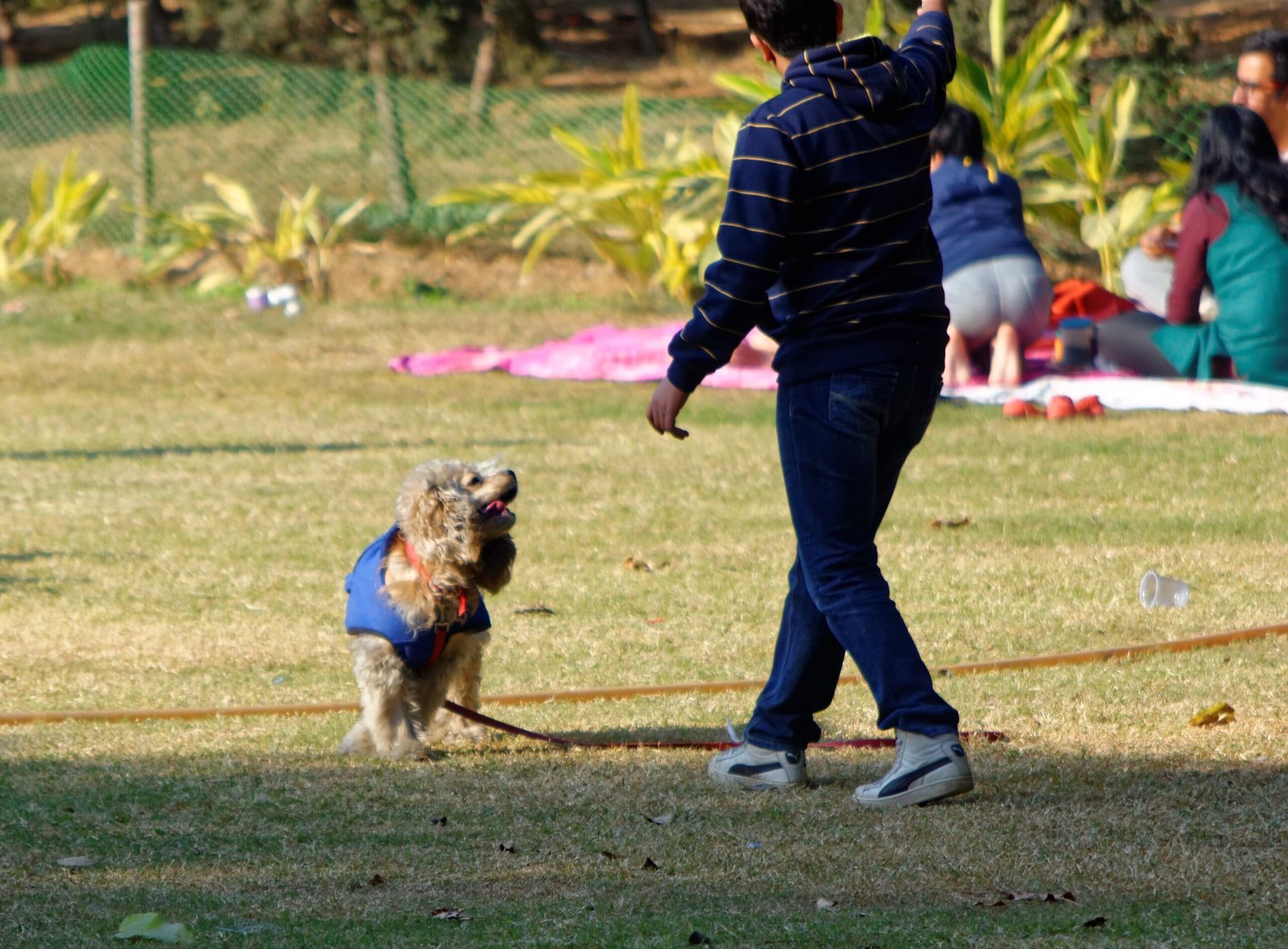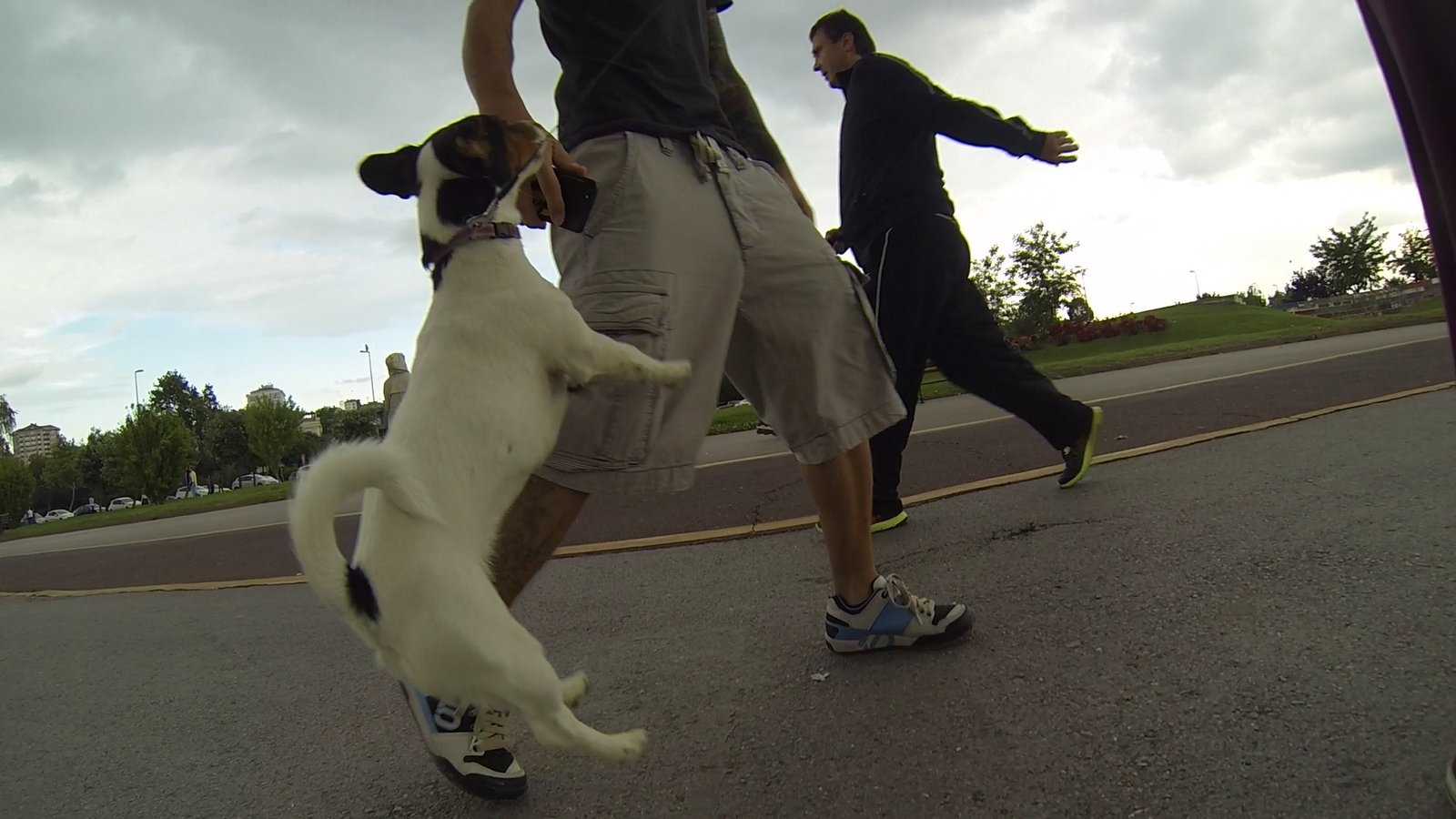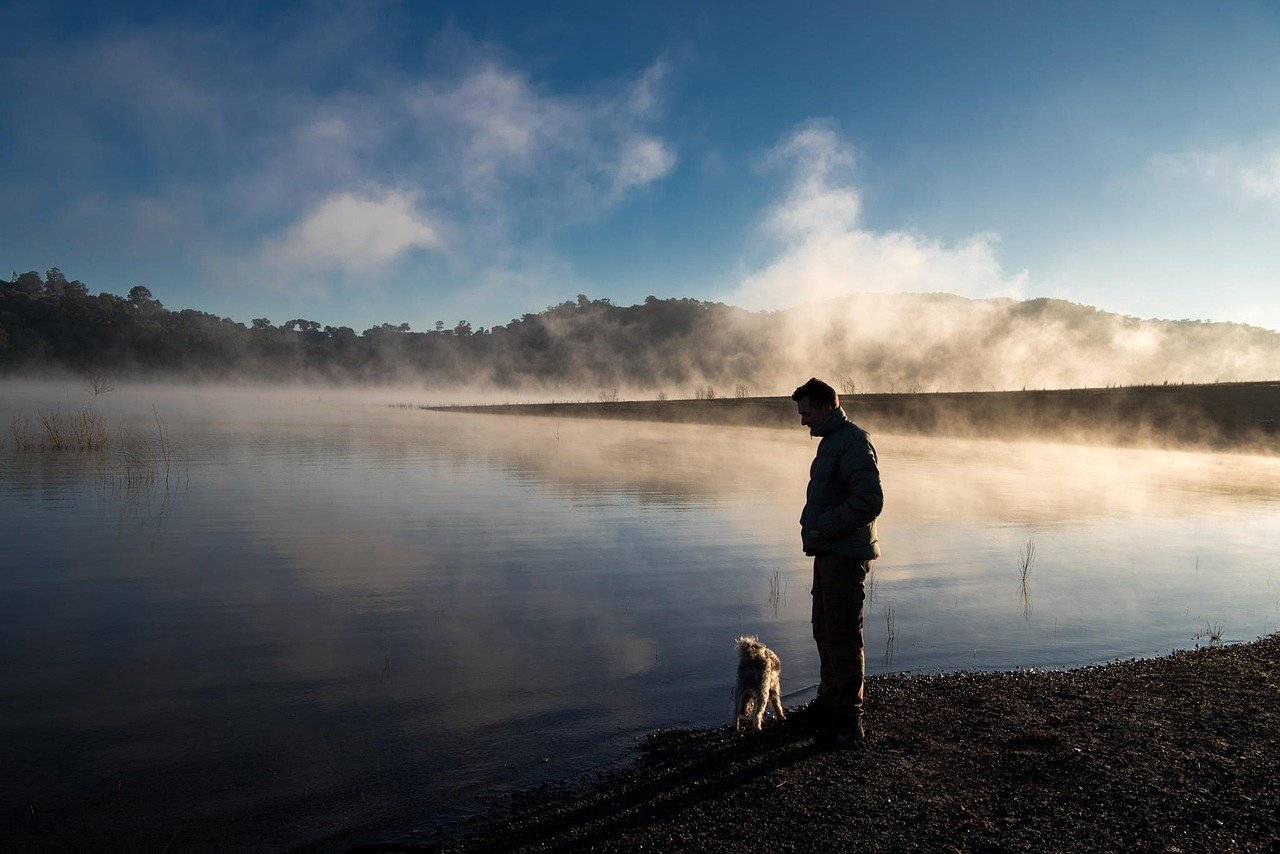Is there anything more heartwarming than the sight of a dog bounding happily toward their owner, tail wagging with boundless joy? The connection between humans and dogs is ancient and profound, but how do you really know if your bond is as healthy as it feels? Sometimes, it’s the smallest gestures or changes that reveal the deeper truth. Understanding your dog’s behavior can uncover just how strong—or strained—your connection really is. Whether they follow you from room to room or suddenly seem distant, every action tells a story. The good news? Strengthening that bond is always possible, no matter where you’re starting from. Let’s dive into the signs that your partnership is thriving—and the red flags that may signal trouble ahead.
Mutual Trust: The Foundation of Every Strong Bond
A truly healthy dog-human partnership is built on trust. If your dog willingly comes to you, seeks your company, and doesn’t shrink away from your hands, it’s a powerful sign that trust is present. Dogs who trust their humans show relaxed body language—soft eyes, loose tails, and easy breathing. You, in turn, feel confident in their behavior, knowing they’ll listen and respond safely. This trust is like a two-way street: it’s earned slowly and can be lost quickly. When both sides feel secure, every interaction becomes a joyful exchange, not a source of worry. Trust is not just about training; it’s about kindness, patience, and reliability every single day.
Clear Communication: Understanding Each Other’s Signals

Great partnerships thrive on communication. You know your dog’s different barks: the joyful greeting, the warning, or the call for attention. Your dog, too, learns your tone of voice and even senses your moods. Healthy communication isn’t just about commands—it’s about reading body language, understanding when your dog needs comfort, and knowing when they want space. When you and your dog constantly “check in” with each other, through eye contact or gentle cues, it’s a sign you’re truly in sync. Frustration and confusion fade away when both sides listen as much as they “speak.”
Consistent Affection: The Glue That Holds You Together
Affection is more than cuddles—though those are wonderful, too! It’s the small acts: a gentle scratch behind the ears, a belly rub, or simply sitting together in peaceful silence. When a dog leans against you or curls up at your feet, it means they feel safe and loved. On your side, giving and receiving affection lowers stress, boosts happiness, and deepens your bond. Regular, positive touch and praise keep your partnership strong. If your dog greets you enthusiastically after even a short absence, you know love is alive and well.
Healthy Playfulness: Joy Shared Is Joy Doubled

Play is a language all its own. If your dog brings you a favorite toy, bows into a play stance, or chases you around the yard, you’re witnessing a dog at ease and full of trust. Play helps burn off energy, but it does something deeper: it reaffirms your connection. Laughing with your dog, watching them “zoomie” around the living room, or inventing new games together brings out the best in both of you. A playful dog is a happy dog—and a playful human usually means a happy partnership.
Reliable Obedience: Respect That Works Both Ways
A well-trained dog isn’t just convenient—it’s a sign of mutual respect. When your dog listens to your commands, comes when called, and walks calmly on a leash, it shows they trust your leadership. This kind of obedience comes from positive reinforcement, not fear. It’s about setting clear boundaries and rewarding good behavior. Respect is a two-way street: you respect your dog’s needs and limits, and they respond with cooperation. When training sessions feel like a team effort instead of a battle, you know your partnership is on solid ground.
Adaptability: Navigating Change Together
Life is full of surprises—moving house, new routines, even changes in your own mood. A healthy partnership shines brightest in these moments. Dogs who adjust well to changes, with your support, show resilience and trust. Maybe your dog patiently waits while you talk to neighbors, or adapts to a new walking route without fuss. Your ability to provide comfort and reassurance during transitions is just as important. Adaptability means you face challenges as a team, not as individuals trying to cope alone.
Balanced Independence: Together, But Not Clingy

A strong bond doesn’t mean constant togetherness. Healthy dogs are comfortable spending time alone without anxiety, knowing you’ll always return. Likewise, you can leave the house without feeling overwhelming guilt or worry. This independence is a sign of confidence and emotional security. Dogs who can play alone, rest calmly when you’re out, and don’t show signs of panic or destruction, demonstrate a well-adjusted partnership. Balance is key—you’re happiest together, but you’re both okay apart.
Visible Health and Happiness: The Physical Signs of a Good Life
A healthy partnership often shows on the outside. Is your dog’s coat shiny? Do they eat and sleep well? Are they eager for walks and playtime? Dogs who are emotionally content often show it through good health and vibrant energy. You, too, may notice that caring for your dog improves your own well-being—lower stress, more exercise, and lots of laughter. When both human and dog appear vibrant and content, it’s a visible sign your relationship is thriving.
Warning Sign 1: Withdrawal or Avoidance
Sometimes, trouble sneaks in quietly. If your dog starts hiding, avoiding your touch, or seems uninterested in activities they once loved, it’s time to pay attention. Withdrawal can signal stress, fear, or even pain. You might notice they don’t greet you like they used to, or they flinch at sudden movements. These changes can be heartbreaking, but they’re important messages. Ignoring them can deepen the strain, so take the time to gently reconnect, and consider seeking advice from a professional if the behavior continues.
Warning Sign 2: Aggression or Destructive Behavior
A sudden change in behavior—like snapping, growling, or chewing up furniture—should never be brushed off. These are clear signs something is wrong, whether it’s frustration, anxiety, or health issues. Dogs don’t “act out” for no reason; aggressive or destructive actions are a cry for help. Address the root cause with patience and empathy. Punishment often makes things worse, while understanding and support can help mend the partnership. It’s crucial to intervene early, before these issues create a lasting rift between you and your dog.
A strong dog-human bond isn’t just about love—it’s built on trust, communication, and mutual respect. When things are going well, your pup feels safe, seen, and eager to connect. But if you notice those warning signs of strain, don’t panic—it’s just a chance to reconnect and strengthen your partnership. With a little patience and attention, you can turn things around and make your bond even stronger. After all, the best relationships are the ones we keep working on.
Jen is a passionate nature lover and ocean conservationist. She has dedicated her life to protecting the environment and preserving the beauty of the natural world. Growing up in a small coastal town, Jen sincerely appreciated the ocean and its inhabitants. She has spent countless hours exploring the shoreline, learning about the creatures that inhabit the waters, and advocating for their protection. Jen is an active member of ocean conservation organizations, and she is committed to educating the public about the importance of conserving wildlife and the natural environment.






